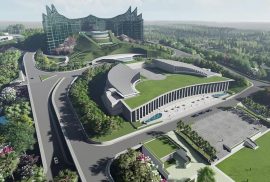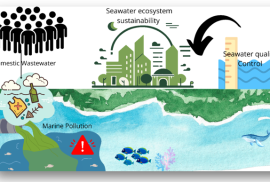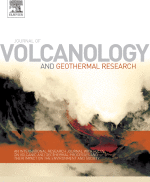Mukhamad Ngainul Malawani | Franck Lavigne | Karim Kelfoun | Pierre Lahitte | Danang Sri Hadmoko | Christopher Gomez | Patrick Wassmer | Syamsuddin | Audrey Faral
Subtitle: Unearthing the Secrets of a 5,500-Year-Old Volcanic Disaster and Its Impact on Lombok’s Landscape
In a remarkable discovery, an international team of scientists have uncovered evidence of a massive volcanic debris avalanche on Lombok Island, Indonesia, that occurred around 3,500 BCE. The study, published in the Bulletin of Volcanology, sheds light on the catastrophic collapse of the Samalas volcano, which produced a debris avalanche deposit (DAD) covering an area of 535 km² with a volume of approximately 15 km³. The research, led by Dr. Mukhamad Ngainul Malawani from Universitas Gadjah Mada, Indonesia, and his collegues utilized a combination of morphological analysis, radiocarbon dating, paleotopographic modeling, and numerical simulations to reconstruct the event. The findings provide new insights into the dynamics of volcanic sector collapses and their potential hazards. Dr. Mukhamad Ngainul Malawani, lead author from Universitas Gadjah Mada, Indonesia said “One of the largest Holocene debris avalanches in the Asian region originating from Samalas volcano (Indonesia) was revealed through morphological reconstruction, avalanche modeling, and radiocarbon dating.“





